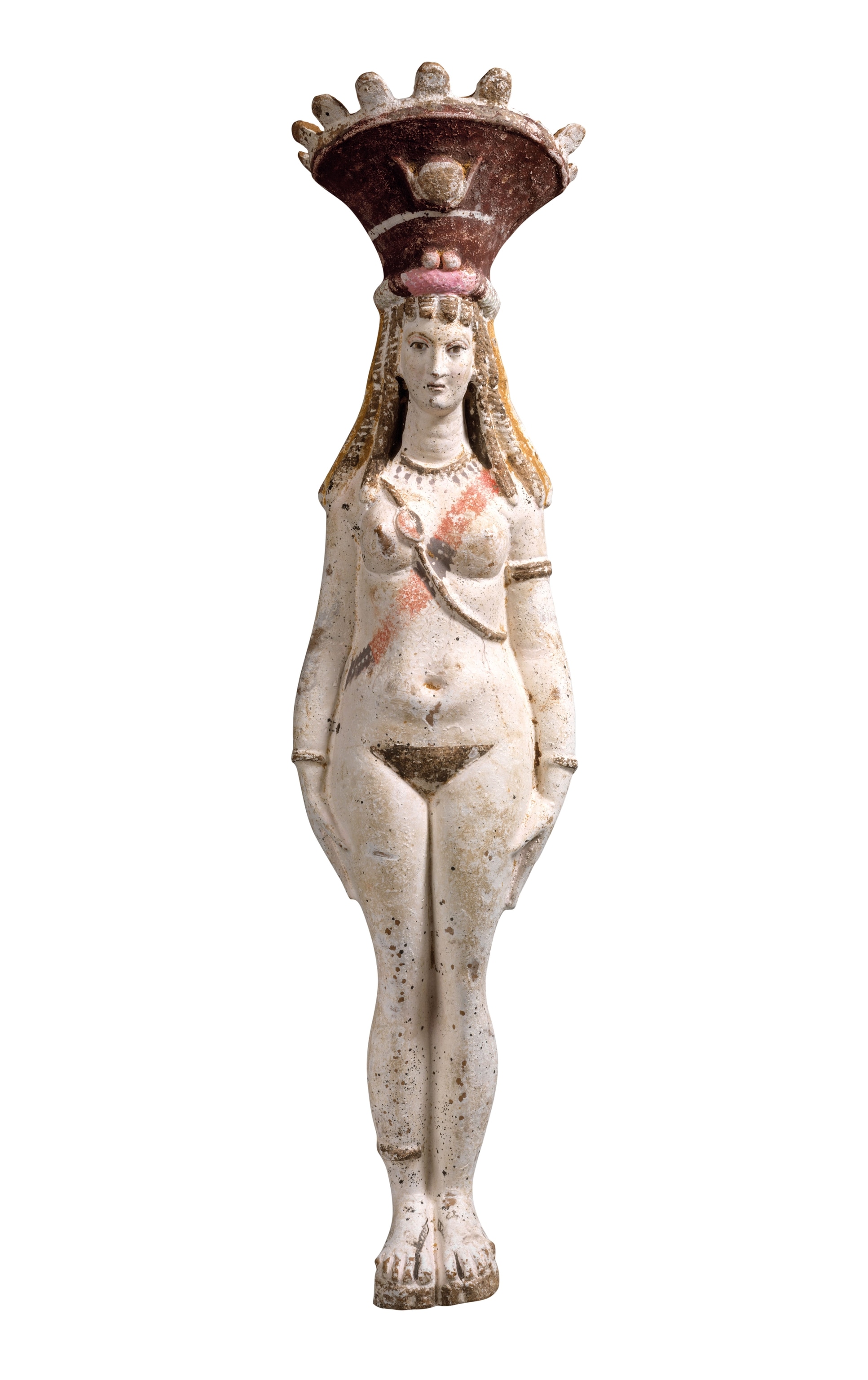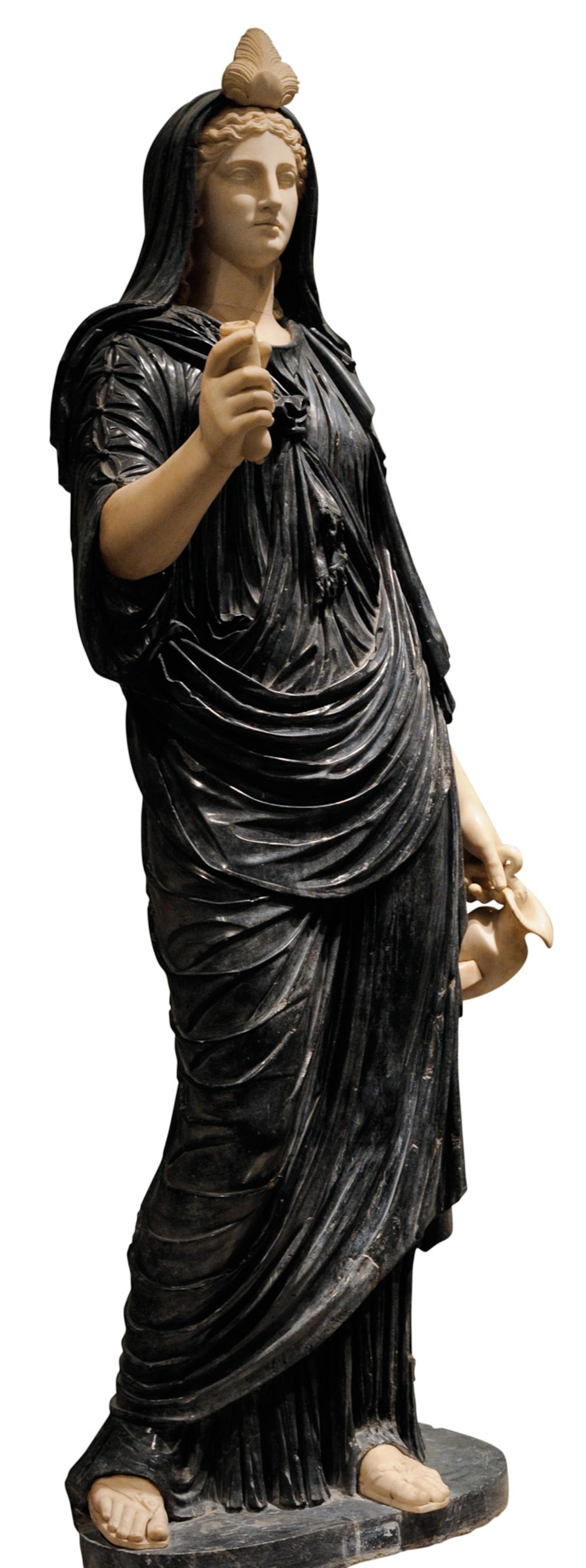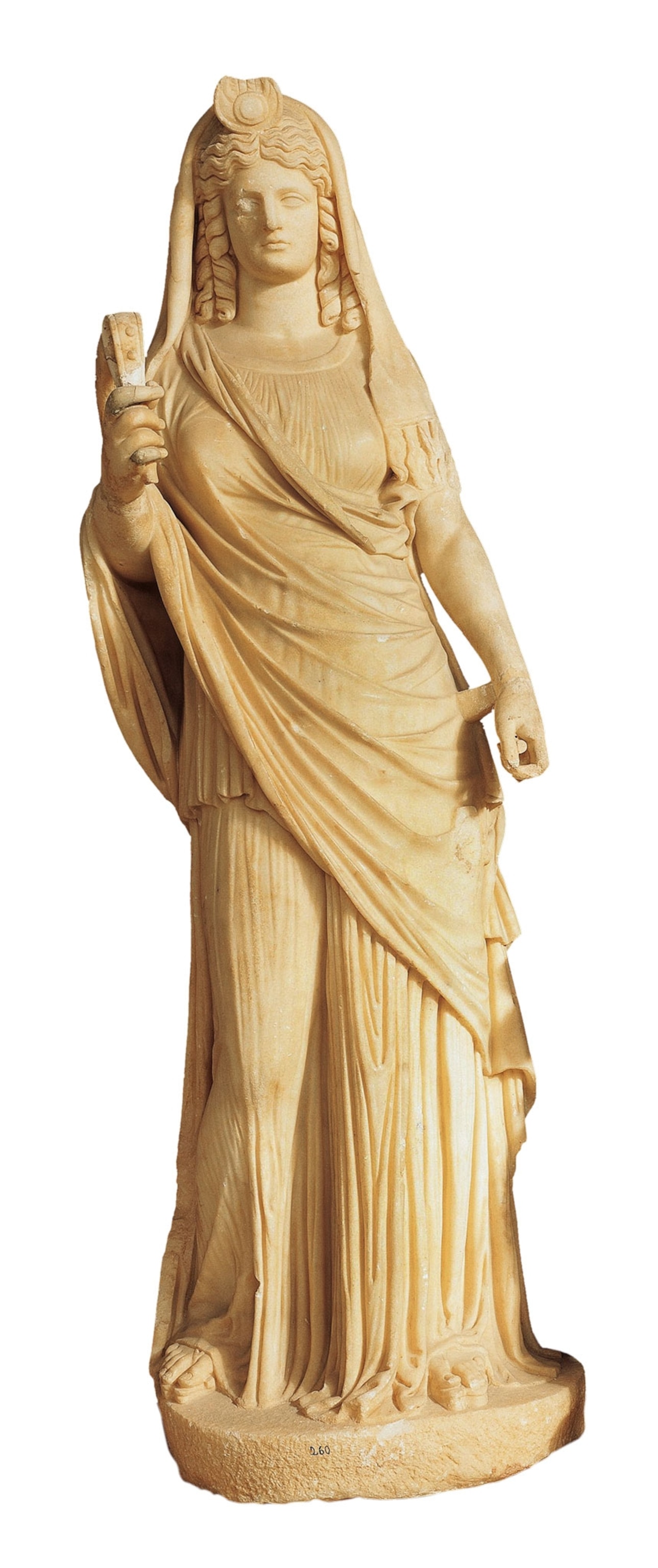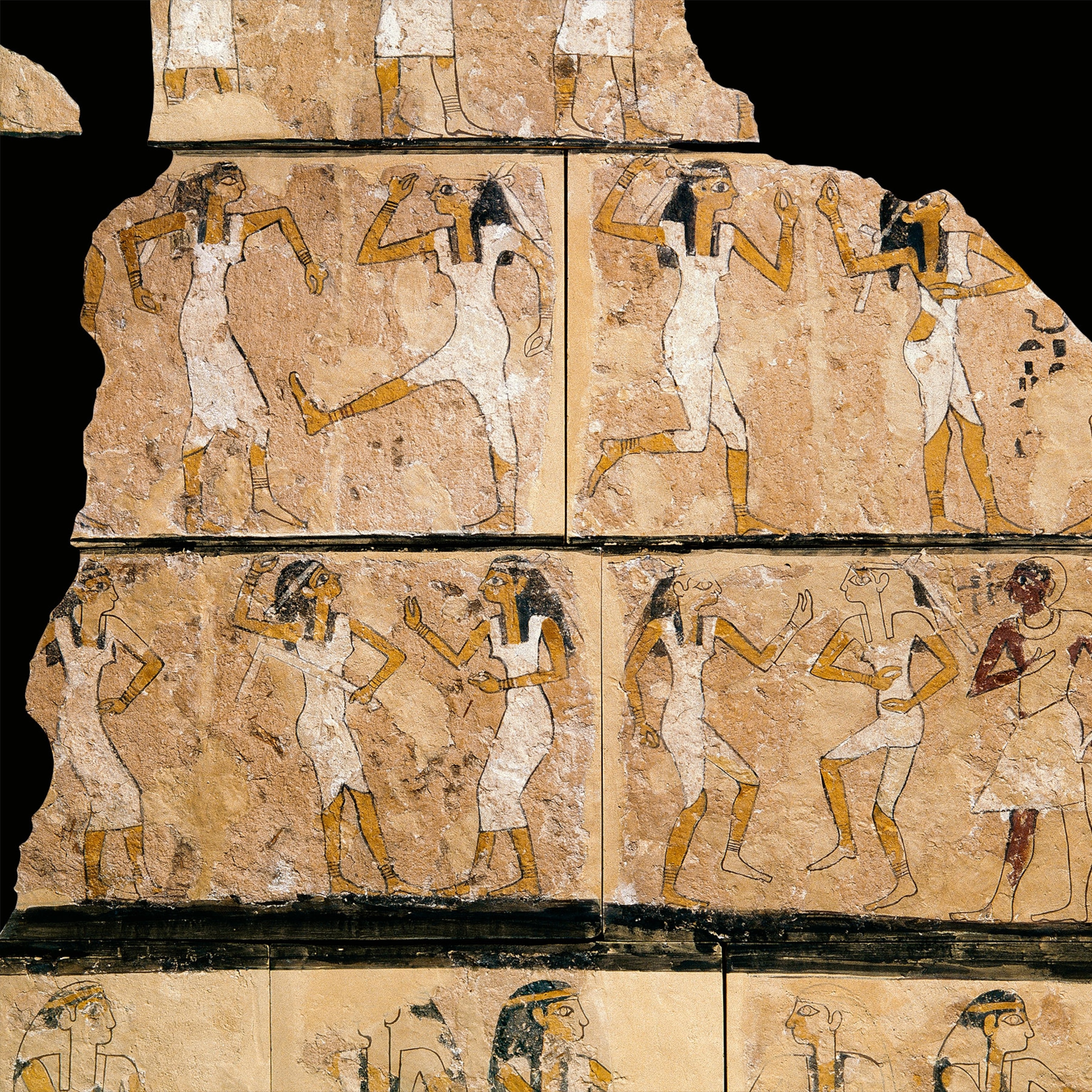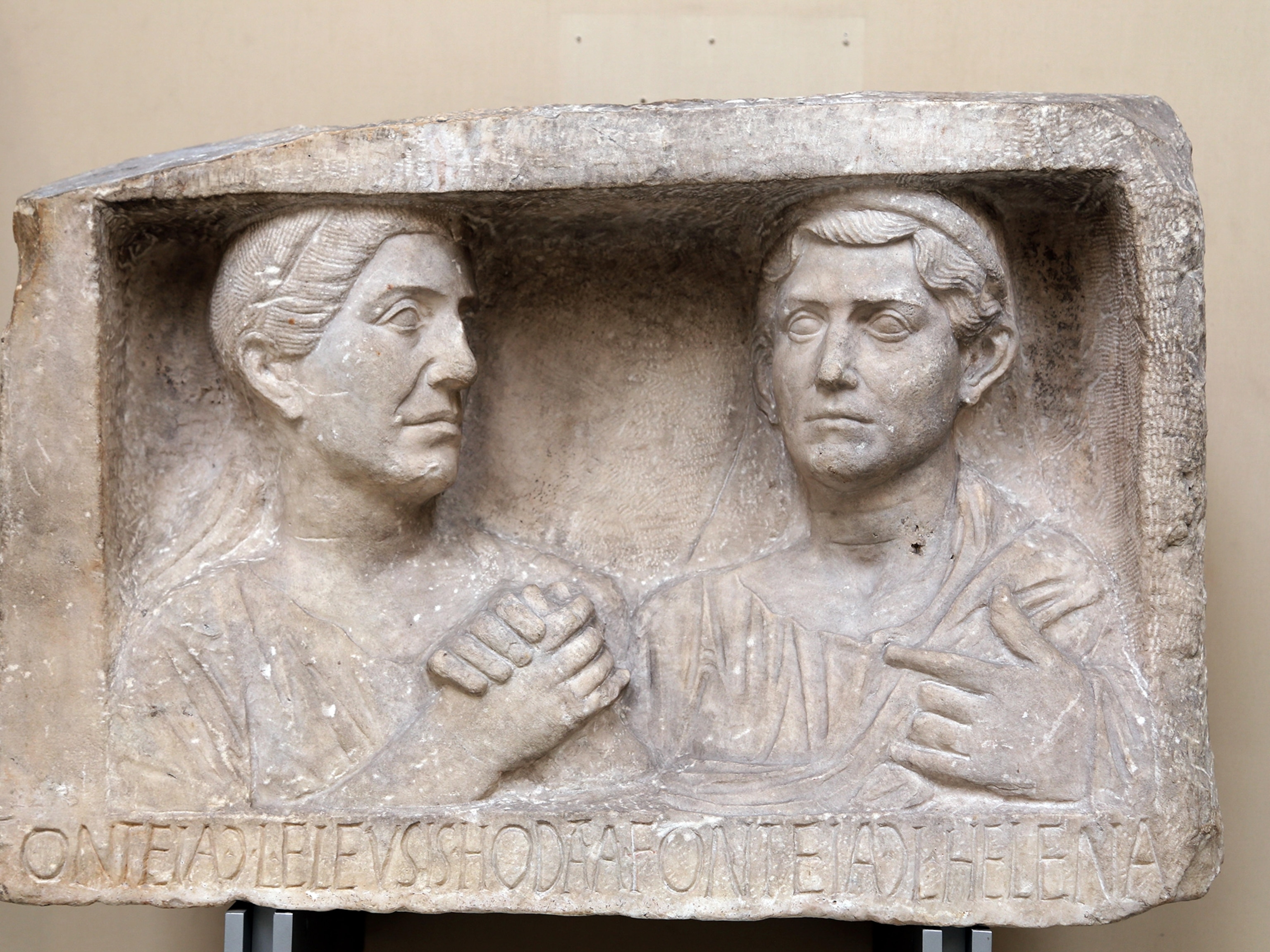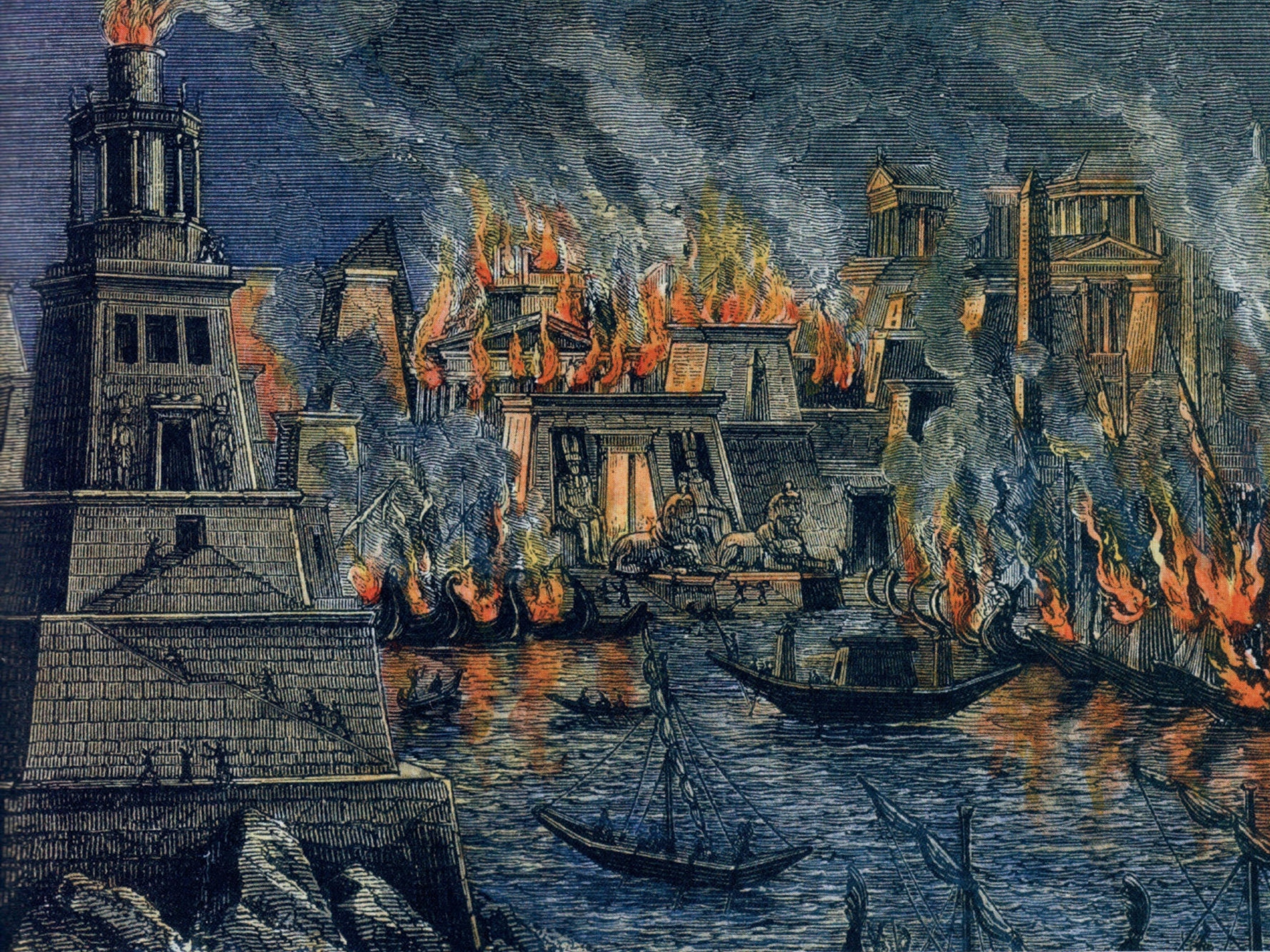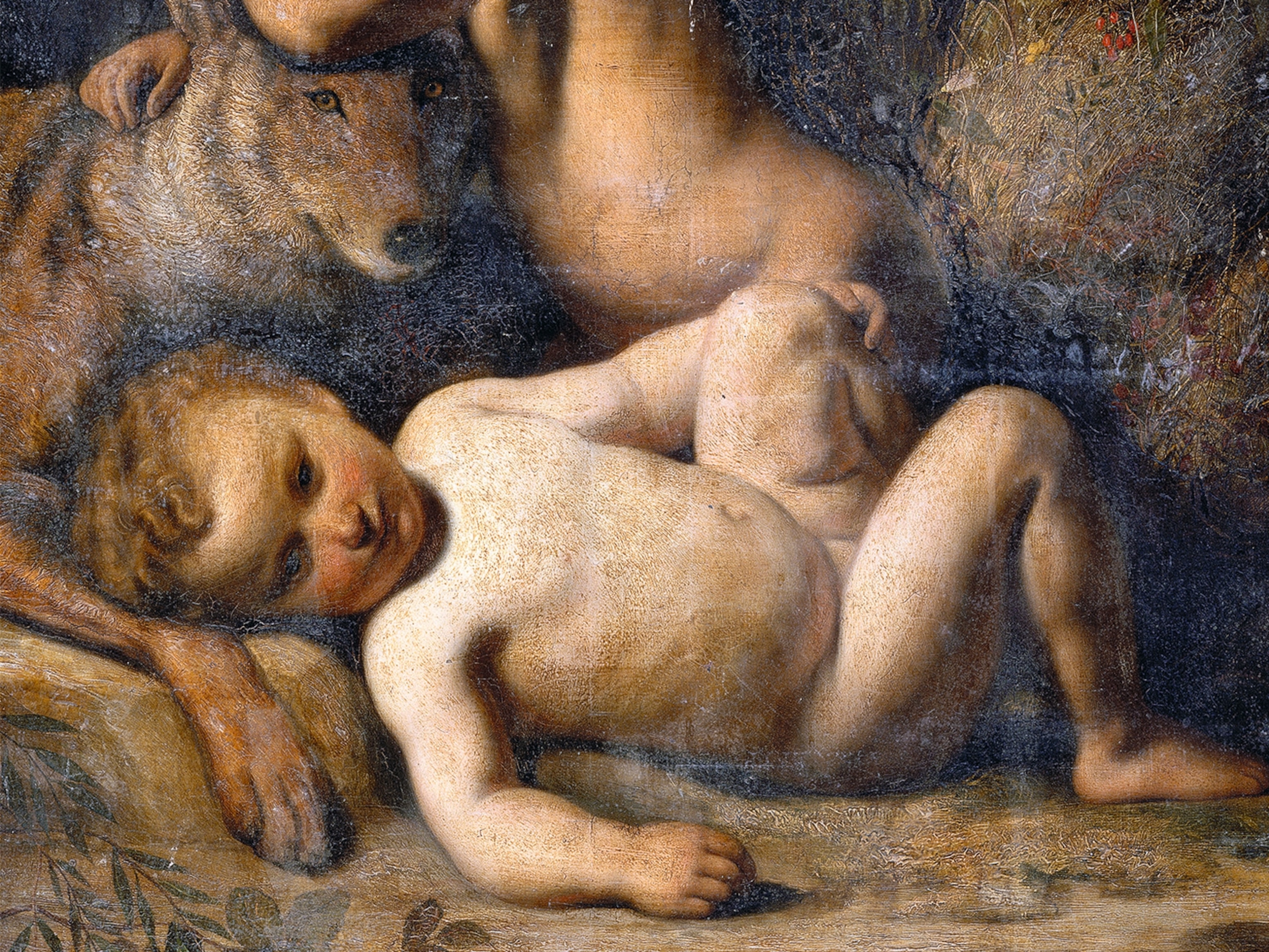Worship of this Egyptian goddess spread from Egypt to England
Egyptians adored Isis, divine protector of the dead, for two millennia before her cult spread beyond the Nile to the rest of the Roman Empire.

Archaeologists working in London in 1912 might have been surprised. When they discovered a first-century A.D. Roman jug bearing the inscription “Londini ad fanum Isidis—London, next door to the Temple of Isis.” Best known as an Egyptian goddess, finding signs of Isis worship so far from North Africa might seem odd. But this goddess proved popular enough to transcend her original Egyptian centers of worship and expand to all corners of the known world.

Isis was loved by ancient Egyptians for her fierce devotion to her husband Osiris and her son Horus. Her cult first began to spread around the Mediterranean following the establishment of Hellenist rule in Egypt in the fourth century B.C. Then as Roman power expanded, worship of Isis went even farther afield.
By the second century A.D., the Roman writer Apuleius would glorify her as the “mother of stars, the parent of seasons, and the mistress of all the world.” Yet while she meant many things to many cultures across the Roman world, her roots lie in a very specific place and time: the Nile Delta at the dawn of ancient Egyptian history. (In ancient Egypt, women rulers kept society stable in times of trouble.)
Egyptian origins
Isis is the Greek form of the goddess’s name, which in ancient Egyptian was Aset, meaning “seat” or “throne.” Depicted as a slim woman wearing a sheath dress, she is often shown with a throne on her head. As her divine roles diversified, her appearance would change. Hathor, an early Egyptian goddess of motherhood, was often shown with a solar disk and cow horns. As Isis became closely linked to maternity, her headdress morphed and became like Hathor’s. Isis’s ability to absorb new traits would prove valuable to the longevity and spread of her worship throughout the ancient world.

In one of the most popular tellings of the Isis myth, she is one of the children of the gods Geb, god of the earth, and Nut, goddess of the sky. She marries one of her brothers, the god Osiris, and the pair rule the world. Osiris is murdered by his jealous younger brother Set, who dismembers the body and scatters it. Grieving, Isis searches the world to collect the pieces and puts him back together. Osiris is revived, but rather than being the lord of the living, Osiris becomes lord of the dead. Isis gives birth to a son, Horus (a popular art motif depicts Isis nursing her infant son). Horus grows up to banish Set, restoring order to the world. (Explore a Greek cave that legend says is the entrance to the underworld.)
The earliest mention of Isis can be found in the Pyramid Texts, sacred inscriptions carved in tomb walls of pyramids in Saqqara dating back to the Old Kingdom (circa 2575-2150 B.C.). Among the most ancient sacred writings, these texts center on pharaonic funerary rituals and beliefs about the journey of kings through the afterlife. (These are the sacred and secret rituals in the Book of the Dead.)
At first Isis was only worshipped in the Nile Delta where she originated, but she grew to become an important deity for the whole of ancient Egypt.

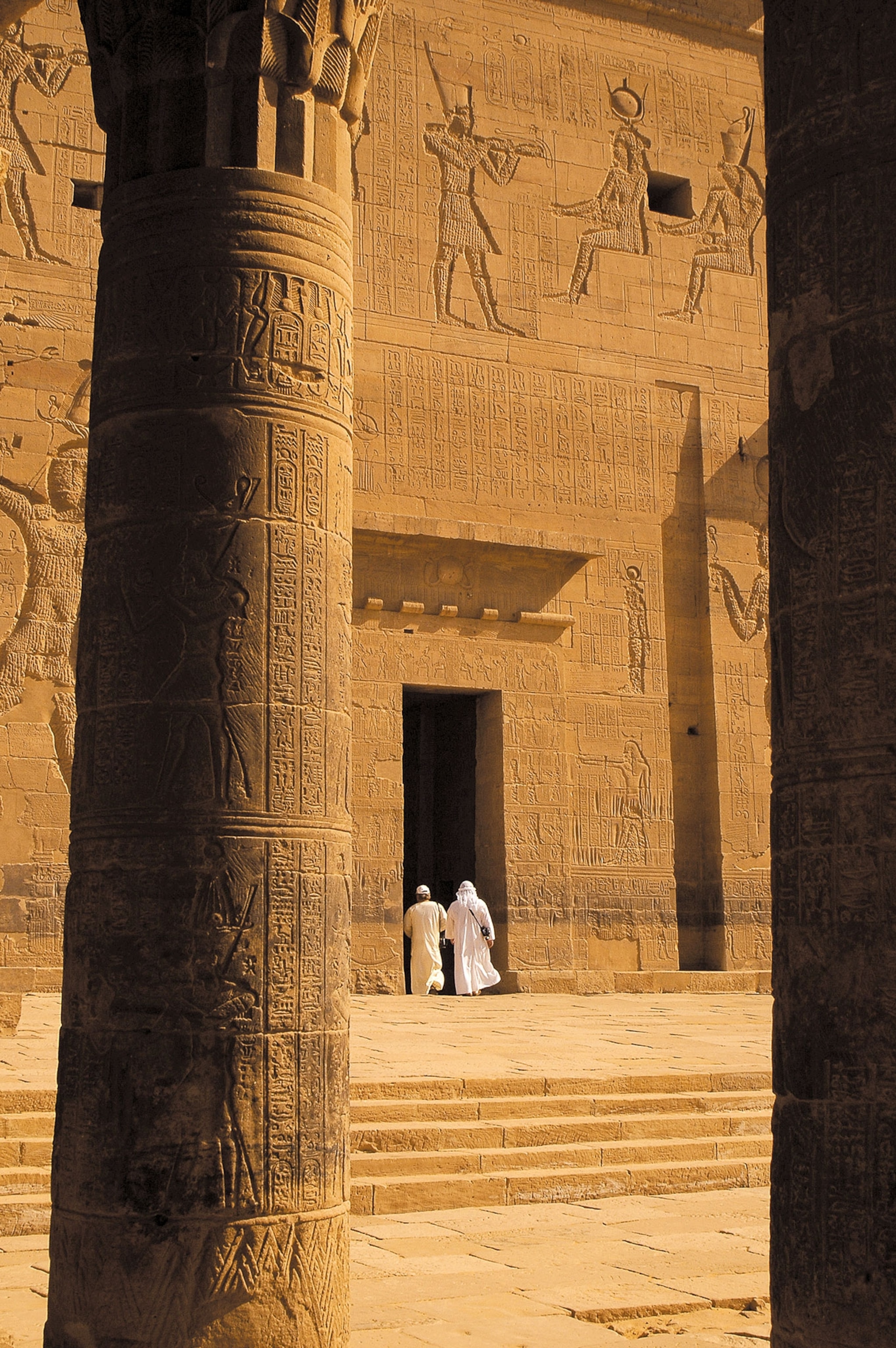
Known for her magic, her beneficent power encompassed both daily life and the afterlife. As Egyptian notions of the afterlife became more democratic, she was considered the protector of all the dead across Egyptian society, not just the pharaohs and their families at the top. Egyptian women regarded her as the model mother and wife. Her reputation as one of the warmest and most humane of the gods would later win hearts outside Egypt.
From Egypt to Greece
When Alexander the Great conquered Egypt in 332 B.C., the worship of Isis would flourish and expand beyond Egypt. Rather than censor Egyptians’ local religion, Alexander embraced it. While visiting the city of Memphis, Alexander made sacrifices to Apis, an Egyptian bull god also associated with Osiris, and connected the deity’s power to his own reign. (See ancient Egypt's stunning, lifelike mummy portraits.)
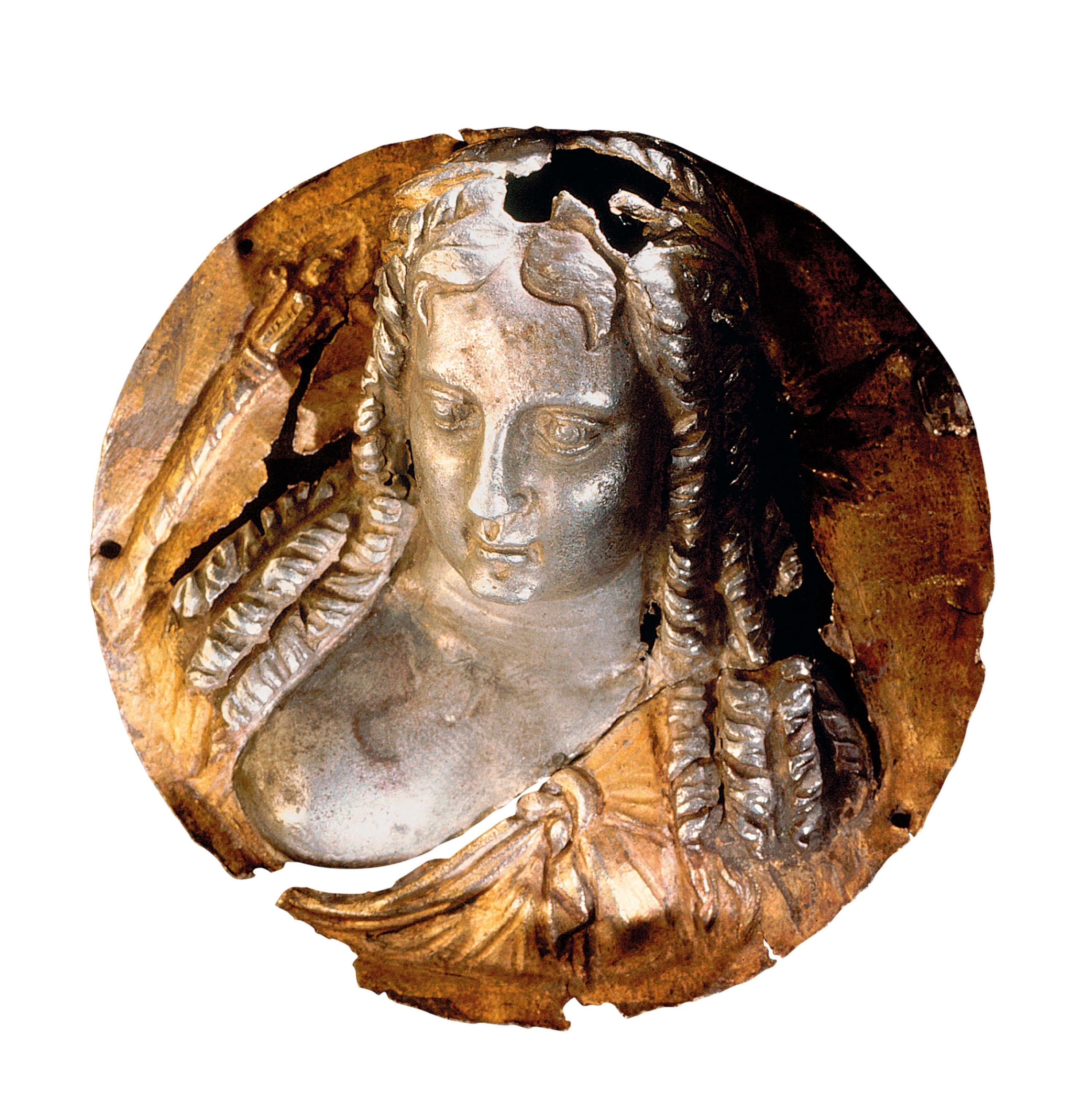
Following Alexander’s death in 323 B.C., one of his generals, Ptolemy I Soter, took control of Egypt and continued the practice of religious tolerance. This dynasty, the so-called Ptolemies, would continue to unite the new Macedon elite with the local Egyptian population through faith.
Located in Upper Egypt near the border of modern Sudan, the island of Philae was sacred to Isis. Temples had been built to her there since the sixth century B.C. Construction on an impressive new temple for Isis began shortly before Alexander’s conquest and was finished by Ptolemy II Philadelphus and his successor, Ptolemy III Euergetes, in the third century B.C.
Under Ptolemaic rule, aspects of Osiris and Apis were combined with traits of Greek gods, including Zeus and Hades, to create a syncretic deity, Serapis. His association with the underworld, and therefore with Osiris, helped the framers of the new Ptolemaic cult settle on Isis as Serapis’s consort.
Their center of worship was in Alexandria, a major commercial center under the Ptolemies. To Alexandrian merchants, Isis and Serapis became associated with prosperity in addition to the afterlife, healing, and fertility.
Evolution of a Goddess
Goddess goes viral
As Ptolemaic influence spread throughout the eastern Mediterranean, worship of Isis also traveled along the trade routes to the coastlines of modern-day Syria, Israel, and Turkey. She became linked with regional deities. In Greece Isis was originally linked with Demeter, goddess of agriculture. In and around Lebanon she was associated with the Middle Eastern goddess Astarte. In Roman cities she was linked with Fortuna, goddess of luck, and Venus, goddess of love. The first- and second-century A.D. writer Plutarch likened her to Persephone, consort of Hades, the lord of the underworld. (Here's how the Greek's changed the way we think about life after death.)
Temples to Isis were erected throughout the Mediterranean world. Among them was the Temple of Isis on Delos in the Aegean, a tiny, arid island that became an important trading post in the Ptolemaic era. The impressive Doric Temple of Isis, whose ruins still stand on the island, was built in the early second century B.C. Roman merchants operating on Delos adopted the Isis cult they found there and took it back with them when they returned to Naples, Campania, Ostia, Rome, and Sicily. Isis had become an emblem of Ptolemaic hegemony; by the first century B.C., her cult reached as far west as Spain.
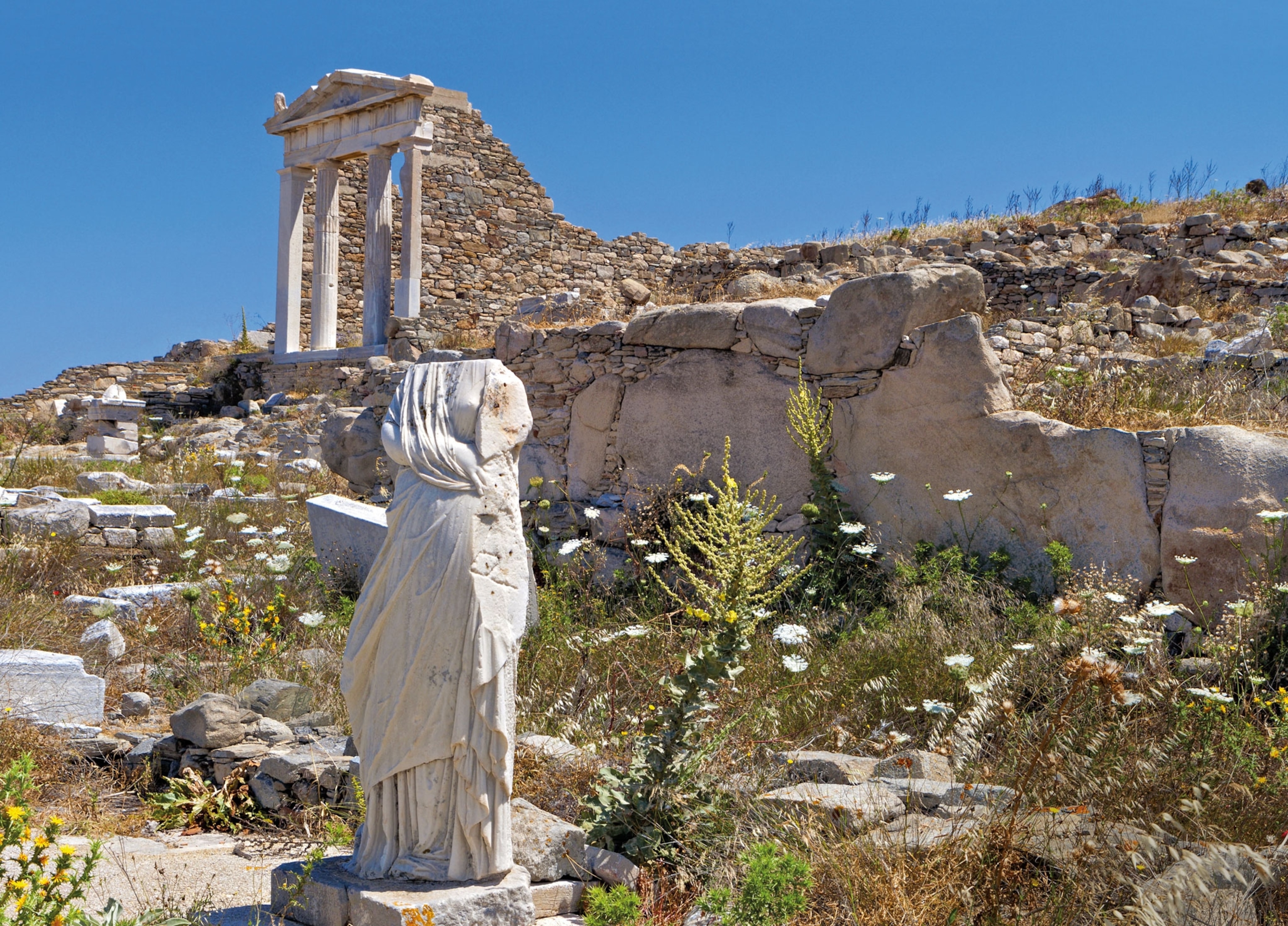
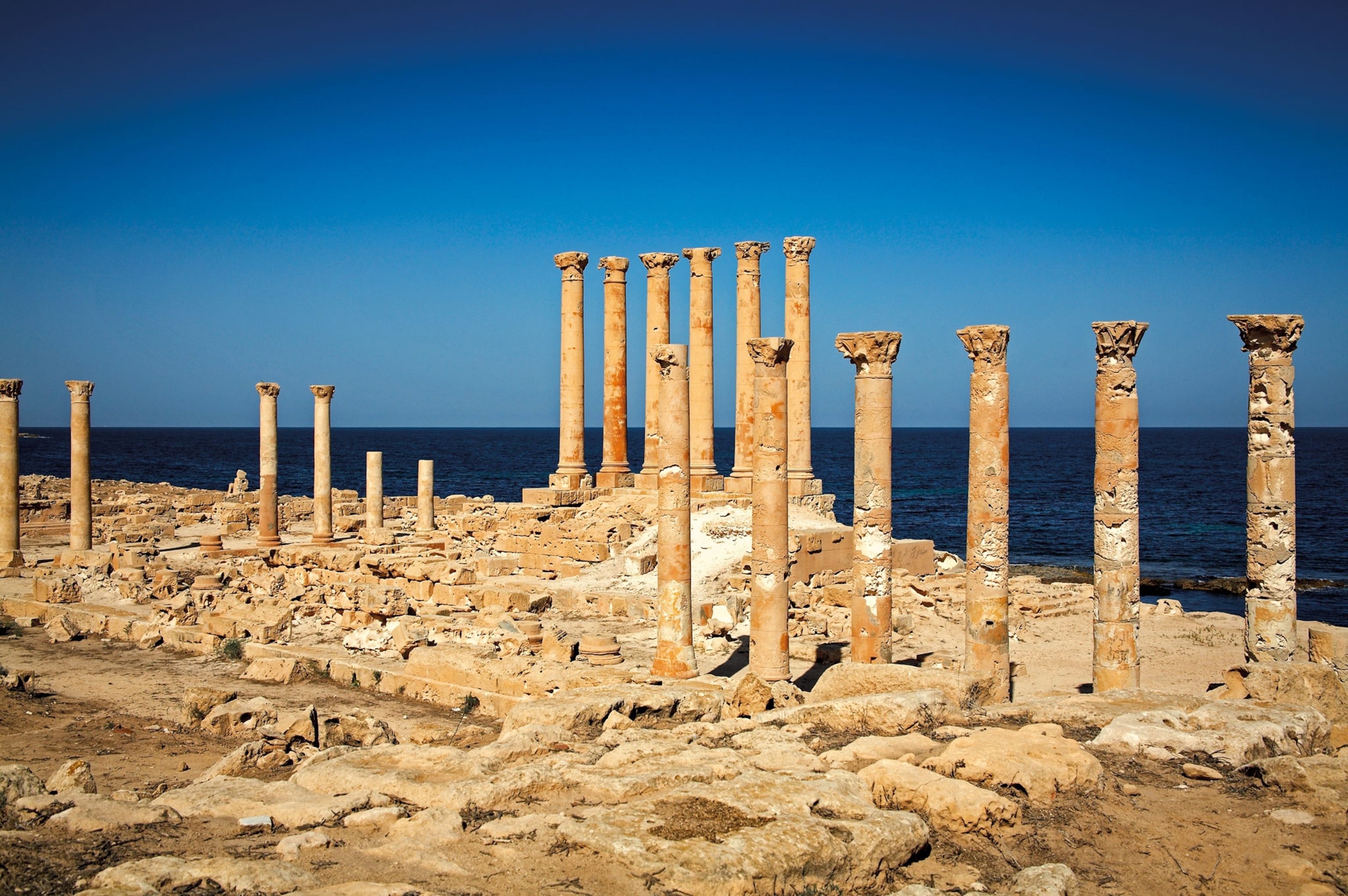
As worship of Isis continued to spread, the goddess’s responsibilities expanded as well. In addition to her traditional roles as wife, mother, healer, and protector of the dead, Isis was worshipped as the goddess of good fortune, the sea, and travel. Sailors revered her: A festival held every spring became associated with Isis and was later known across the Roman world as Navigium Isidis. Many cities that depended on maritime trade, such as Pompeii, looked to Isis to defend them from the caprices of Neptune. One of the best preserved temples of Isis can be found in Pompeii. Built in the first century A.D., its frescoes depict Isis as Roman worshippers would have imagined her: in a Hellenized form, rather than Egyptian.
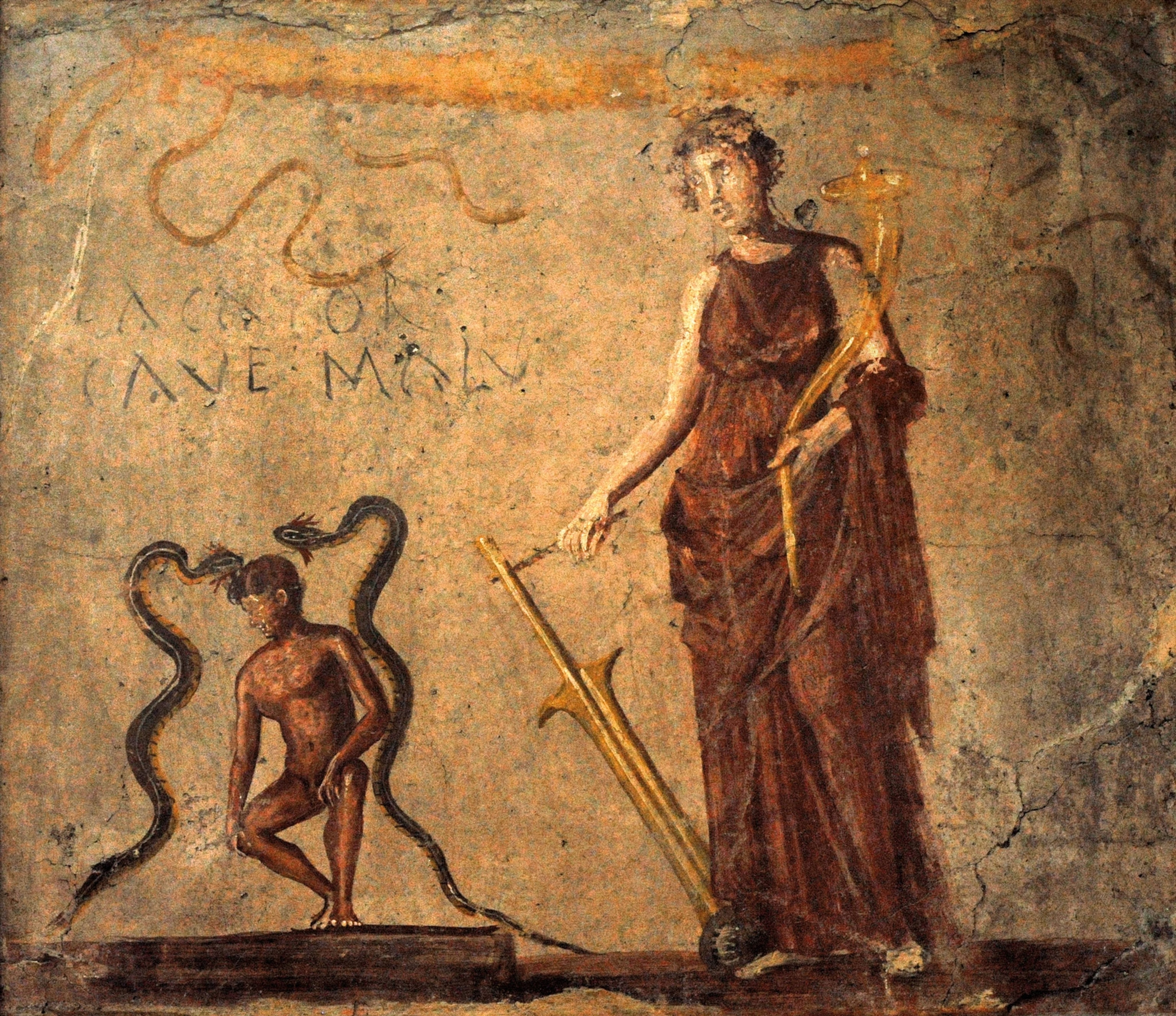

Mysteries of worship
By the first century B.C., Isis worship had become established as a “mystery religion.” Rooted in Greek culture, mystery faiths centered on a figure of a god or goddess—such as Demeter or Dionysus—and involved confidential rituals and rites.
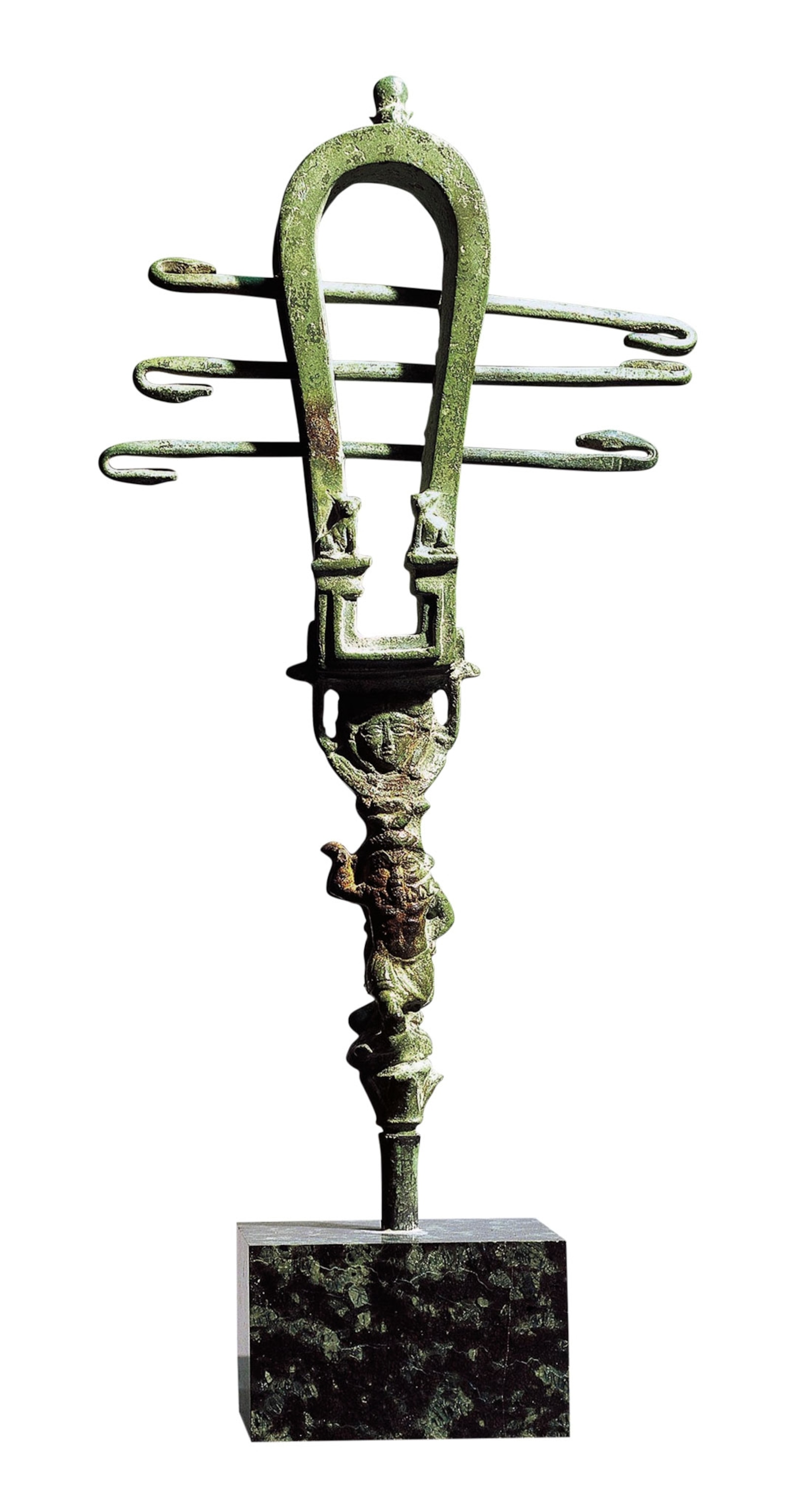
Participation in these sects was highly secretive, and few details of their ceremonies survive. In the writings of Plutarch, a few can be found. Initiates donned colorful robes and shaved off their hair. During their initiations and other rituals, they carried the sistrum, a large rattle associated with the goddess. Historians remain unsure of certain details, such as how the religion was organized and if there was any hierarchy at all.
Roman rulers were not as fond of Isis as Alexander the Great’s generals had been centuries before. Rome tried to suppress the popular cult several times. In the first century B.C., Queen Cleopatra of Egypt had closely linked herself with the goddess Isis, claiming to be her manifestation on Earth. When she and Mark Antony challenged the authority of Octavian (the future Roman emperor Augustus), the cult of Isis became a symbol of foreign corruption. After Cleopatra’s death in 30 B.C., Ptolemaic rule of Egypt came to an end, Roman control of Egypt began, and the worship of Isis in Rome was suppressed.
Later emperors ordered her temples to be destroyed, but worship of Isis was reinstated in Rome in the first century A.D. The great double temple of Isis and Serapis near the Campus Martius in Rome became an important religious center. The cult of Isis grew and reached its peak in the Roman Empire during the second century A.D. Worship of the goddess spread throughout the Roman world, reaching as far north as Britain and as far east as Asia.
The growth of a new faith, Christianity, led to a steady decline in the popularity of Isis. In the mid-sixth century, Emperor Justinian closed her temple at Philae in southern Egypt and expelled her priests, extinguishing the official flame of Isis that had burned steadily in Egypt for 2,000 years.


